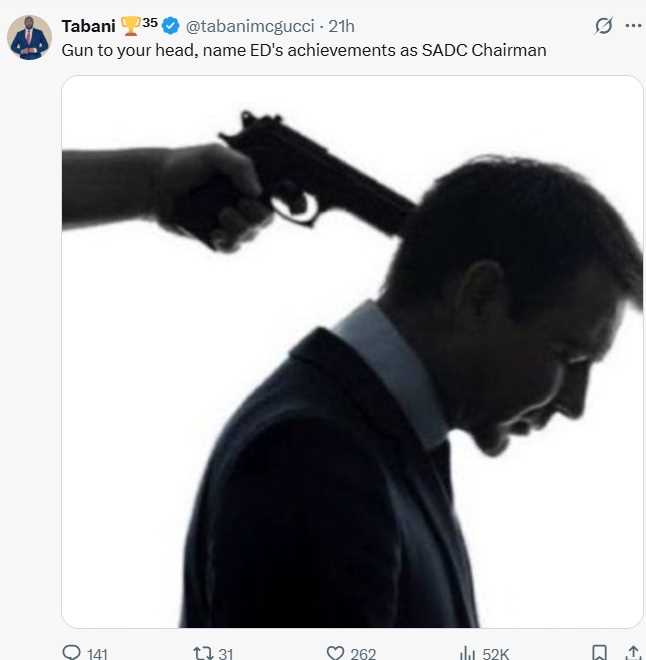
Monica Cheru-Managing Editor
When X user @tabanimcgucci asked what President Emmerson Mnangagwa achieved as SADC Chair, social media erupted in a wave of sarcastic quips and scathing dismissals.
While online platforms—especially X—are notoriously anti-Mnangagwa, the core question is fair: what did Zimbabwe’s president actually accomplish during his year at the helm of the Southern African Development Community?
As Mnangagwa prepares to hand over the rotating chairmanship at the 2025 SADC Summit, now is a fitting moment to separate digital heckles from diplomatic facts.
What Does the SADC Chair Do, Really?
The SADC Chairmanship is a ceremonial yet influential role, not an executive one. The Chair is expected to:
- Preside over the SADC Summit of Heads of State
- Promote regional cooperation and integration
- Represent SADC in international forums
- Champion annual thematic priorities (e.g., peace, infrastructure, food security)
The role is more about guiding consensus than wielding direct power.
Mnangagwa’s Tenure: Technocrat Over Trailblazer
Upon assuming the chair in August 2024, Mnangagwa unveiled the theme:
“Promoting Innovation to Unlock Opportunities for Sustainable Economic Growth and Development Towards an Industrialized SADC.”
This set the tone for a low-key, bureaucratic tenure focused on:
- Strengthening regional value chains and reducing non-tariff barriers
- Promoting tech-driven industrialisation, notably in lithium and agro-processing
- Advocating for regional grain reserves and climate-smart agriculture in response to drought
Zimbabwe hosted the 2024 SADC Industrialization Week, positioning itself as a model for value-added growth. Yet most of these initiatives were already embedded in SADC’s broader frameworks—not new directions catalyzed by Mnangagwa’s leadership.
Related Stories
Where the Chair Fell Short
Despite competent stewardship, Mnangagwa’s chairmanship lacked bold leadership, especially on urgent regional crises:
- No fresh approach on the Mozambique insurgency
- No breakthroughs in the DRC’s security and humanitarian turmoil
- No momentum on stalled infrastructure and energy integration
Diplomatically, Mnangagwa endorsed SADC election observer missions but failed to lead with moral clarity—especially following disputed elections in Mozambique. Anti-Sanctions Day, long central to his rhetoric, continued under the SADC banner but drew little regional enthusiasm.
Perhaps the most damaging controversy came at home: allegations that Zimbabwe diverted millions from the Basic Education Assistance Module (BEAM) to host the 2024 SADC Summit. This triggered public outcry and cast the chairmanship as a vanity project bankrolled at children’s expense.
Diplomacy Without Dynamism
Mnangagwa’s tenure was steady but uninspiring. Critics argue he acted more like a cautious custodian than a regional catalyst. Even during major global forums like FOCAC, SADC appeared disjointed, failing to speak with a unified voice despite Mnangagwa’s calls for “sovereign development paths.”
Mnangagwa vs Mugabe: Factual Comparison of SADC Leadership
| Category | Robert Mugabe (1997–1998) | Emmerson Mnangagwa (2024–2025) |
|---|---|---|
| Leadership Style | Assertive, ideological, Pan-Africanist | Bureaucratic, technocratic, risk-averse |
| Signature Theme | SADC Peace and Security | Innovation & Industrialisation |
| Major Moves | DRC military intervention via SADC | Hosting Industrialisation Week, Climate Advocacy |
| Stance on West | Combative, anti-imperialist rhetoric | Anti-sanctions rhetoric, but less confrontational |
| Regional Impact | Controversial but forceful leadership | Steady, lacking bold breakthroughs |
| Criticism | Militarisation of diplomacy, authoritarian undertones | Lack of dynamism, alleged misuse of BEAM funds |
| SADC Unity | Asserted Zimbabwe as liberation leader | Maintained institutional coherence |
| International Perception | Divisive, charismatic | Low-profile, diplomatically muted |
So, was the roast fair?
The mockery online was harsh—but not entirely without merit.
Mnangagwa didn’t embarrass the region or cause diplomatic meltdowns. But he also failed to inject new urgency or imagination into SADC’s agenda. For a bloc grappling with existential threats—from climate shocks to political instability—many hoped for a chair who would lead, not merely manage.
His was a year of no spark.
Final Verdict
Mnangagwa didn’t crash the chair. But he certainly didn’t rock it either.
In the end, his SADC stewardship will be remembered not for failure or triumph but for wishy-washy custodianship in a region craving bold, unified leadership.
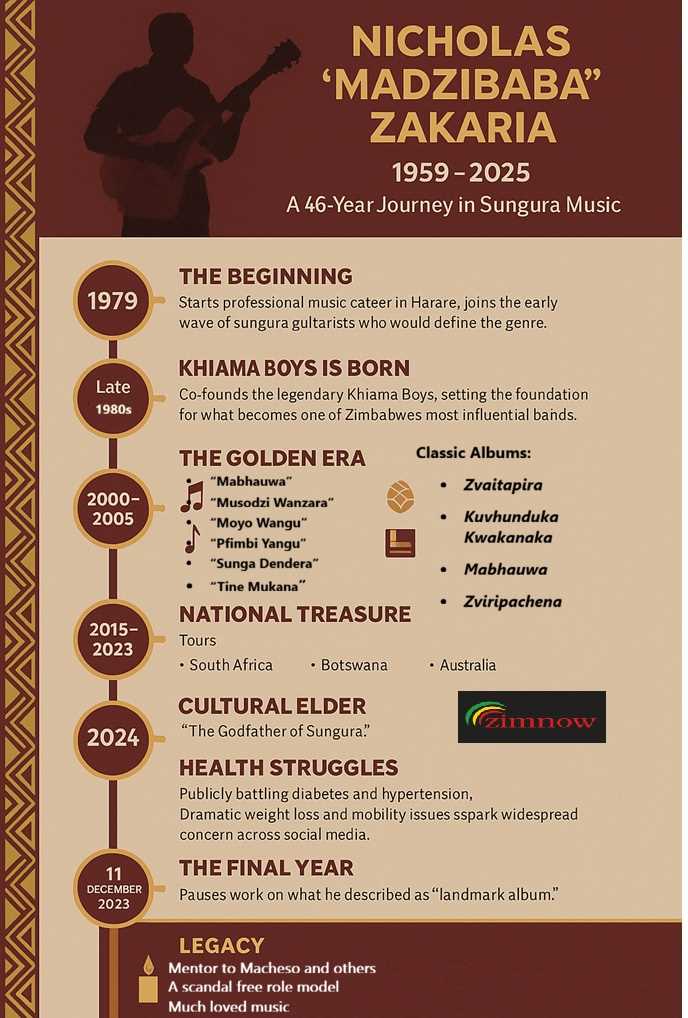
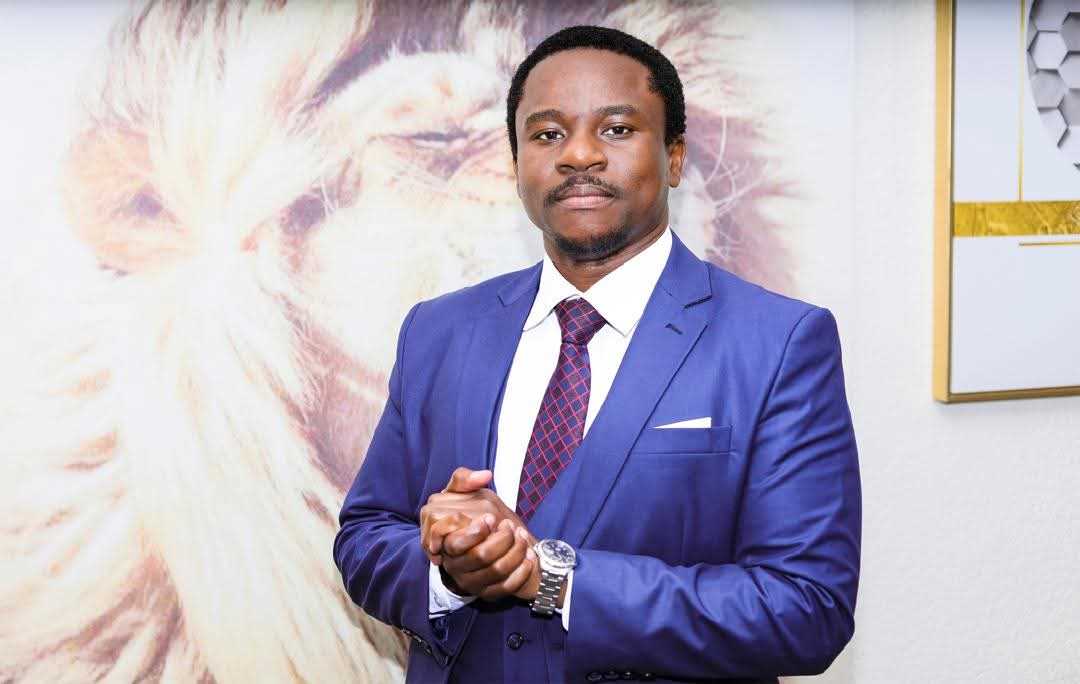
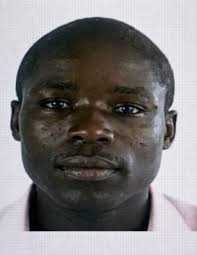
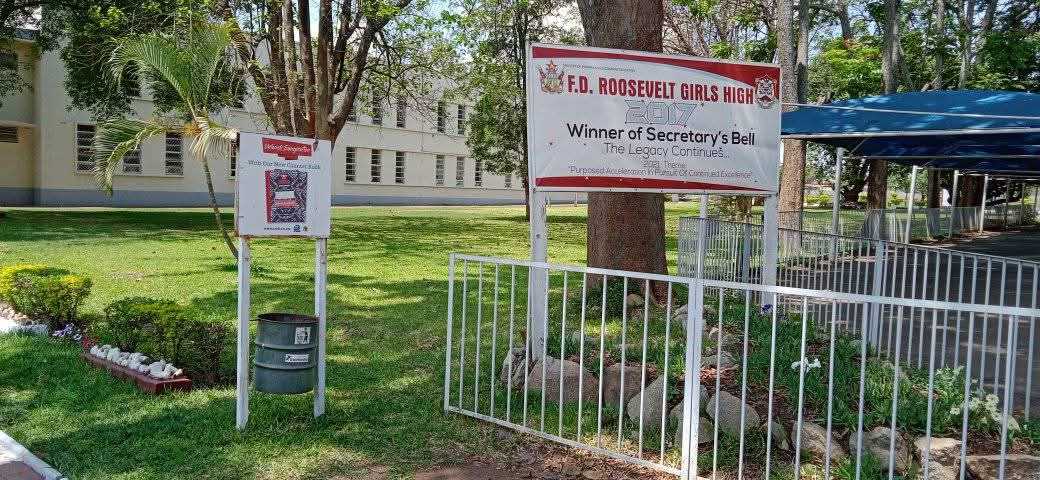

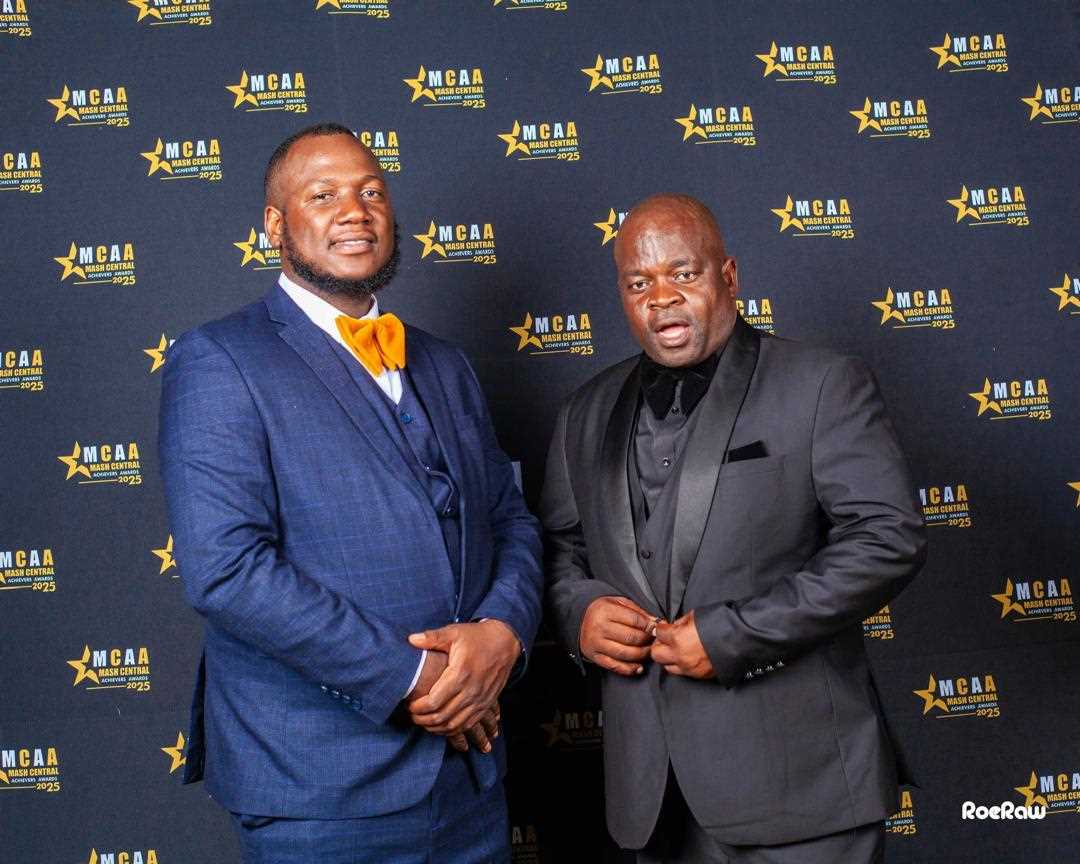
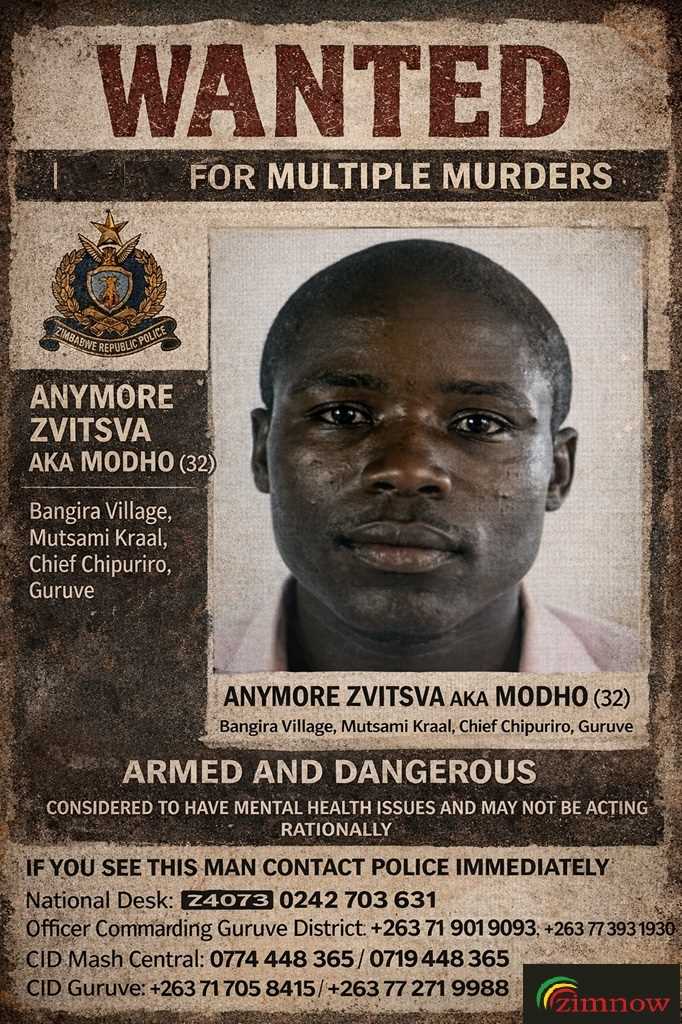
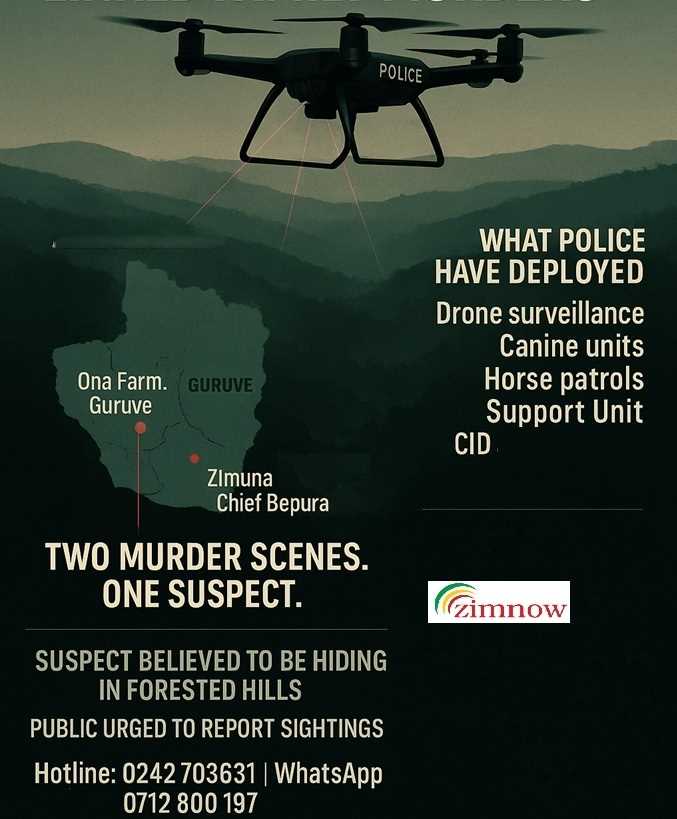

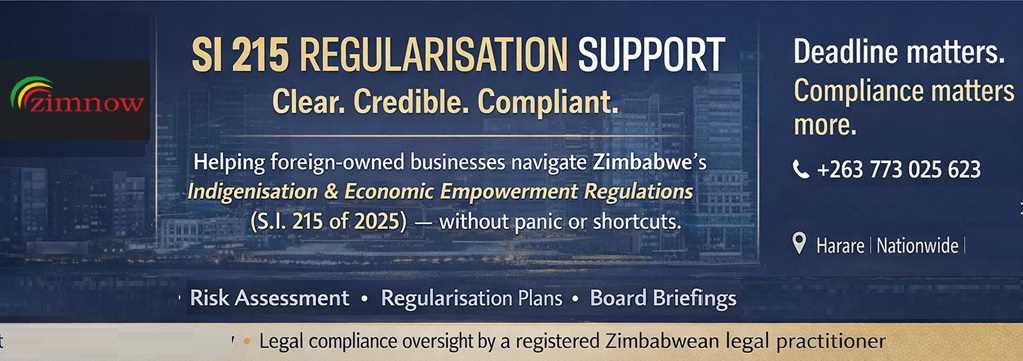



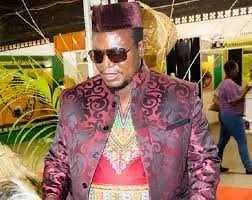

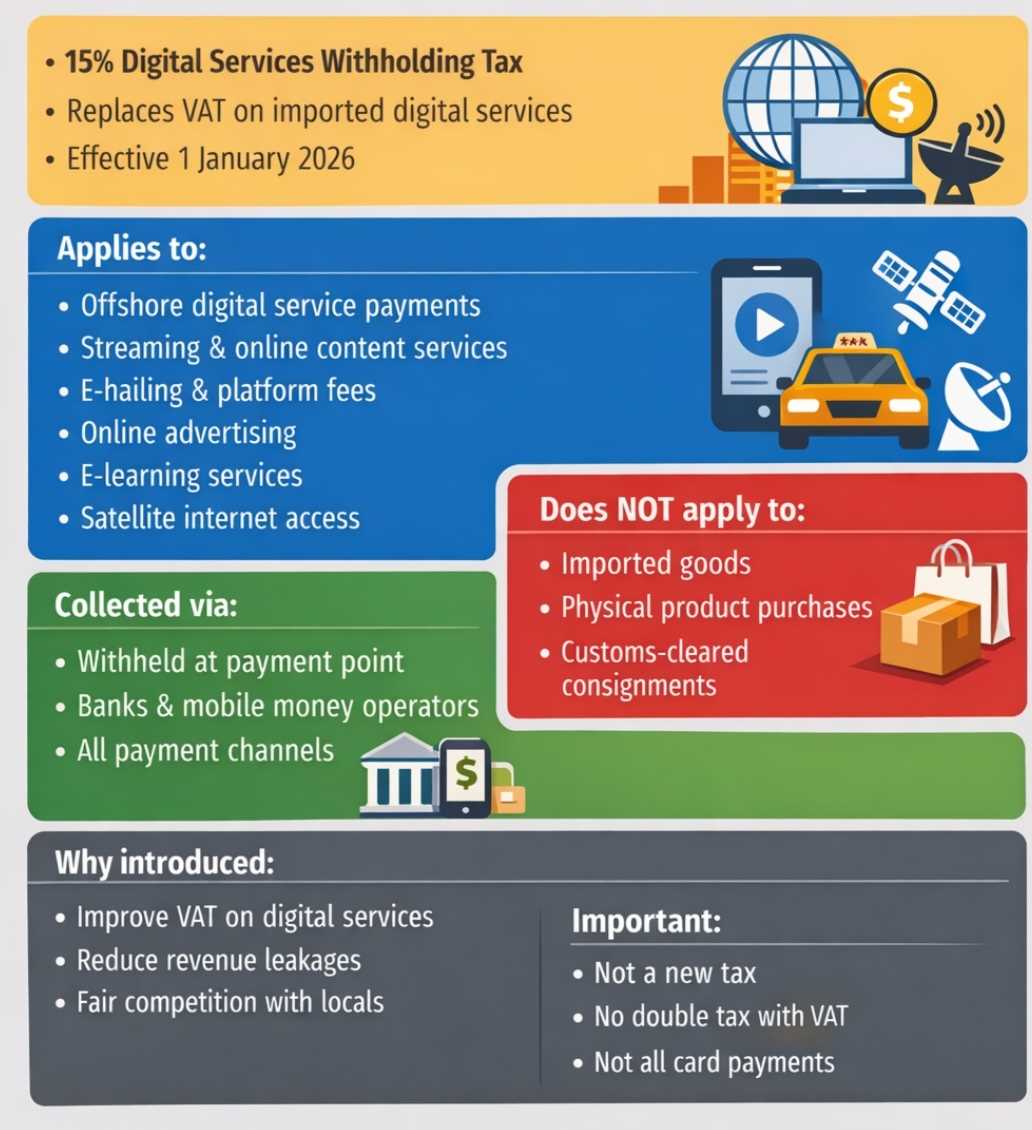
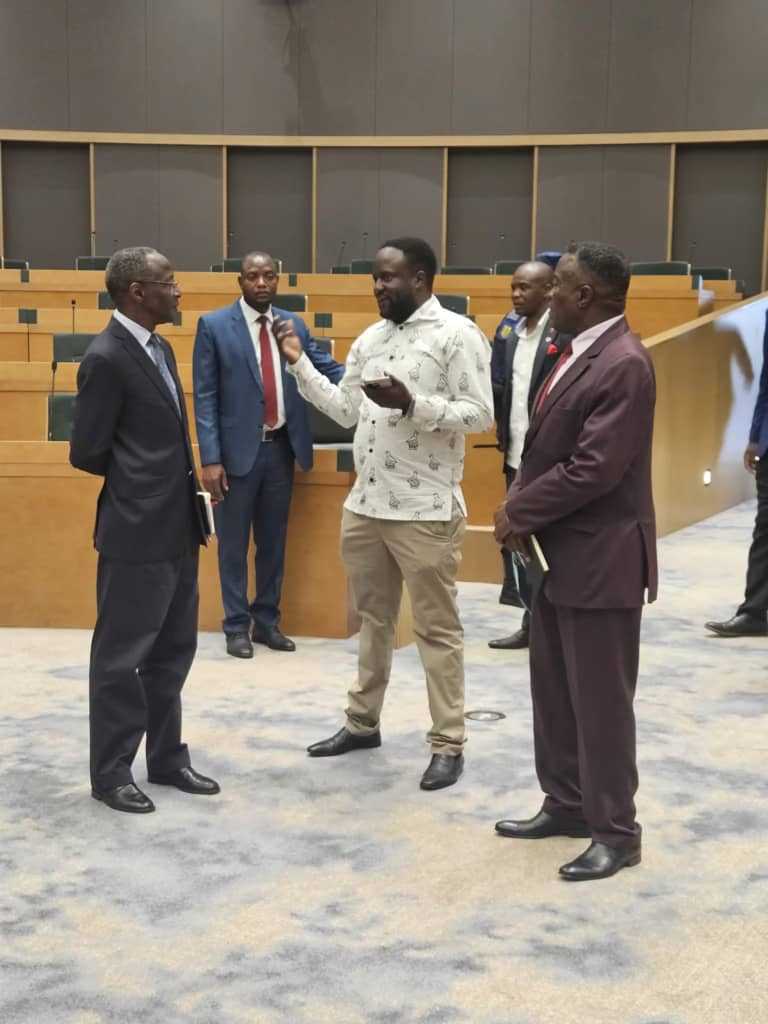


Leave Comments